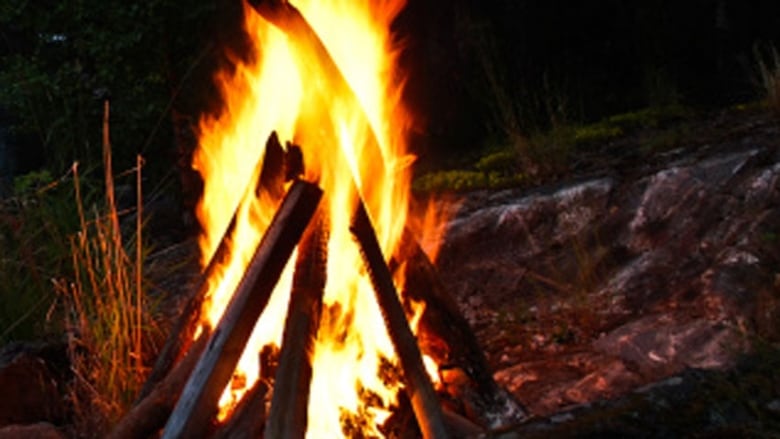Canada’s Northwest Territories prepare for busy fire season

Fire officials in the Northwest Territories (Canadian central Arctic) are preparing for a busy forest fire season, despite last summer’s cool, wet conditions.
Richard Olsen, who co-ordinates the fire-fighting program across the territory, says last season was a record quiet year for firefighters.
That’s expected to change this year because of dry weather in the fall of 2018, and limited snowfall over the winter.
7 person-caused fires in 2019
Already, the territory has seen a worrying number of person-caused fires, five of which started just after Jan. 1.
“Normally we have around 20 person-caused fires a year. We’re sitting at seven already and we’re just getting into the person-caused period of the year,” Olsen said.
Olsen says it’s an indication of just how dry the conditions are and how careful people have to be with fires.
“People were out on the land, it was –20 C if not colder, they lit fires to keep warm but conditions were so dry that the fires remained smouldering.”

Some of those smouldering areas were “reportedly as large as someone’s house.”
Person-caused fires are preventable, Olsen said, and they’re a big concern, because they start where people are: near cabins, traplines and other valuable infrastructure and property.
Readying for a busy fire season
Snow surveys and water monitoring suggest a busy fire season.
Olsen says conditions are currently drier than normal in the area around Great Slave Lake and into the Dehcho and the Fort Liard valley area (south and southwestern areas of the N.W.T.).
Conditions in the Sahtu and Inuvik regions (west and northwest) are normal to above normal.
A lot depends on spring rains, but Olsen says conditions are expected to get drier and hotter.
“Within the N.W.T., for May, they’re kind of estimating the fire severity would be high or higher than normal and as we get into June, it’s starting to look like we might get into high or very high type conditions.”
Air support standing by
Olsen says fire crews are finishing up fitness and refresher training and all but one crew, which comes online in June, is ready to go.

He says they could bring on fire-fighting helicopters quickly and that water tanker aircraft would be ready to go with 24-hours notice.
Fire prevention
Olsen says it’s the time of year when people often get fire permits to burn vegetation. Even with a permit, he suggests people consider waiting until things “really green up” and having water and tools on hand to extinguish any fires.
“For the most part where the snow is gone, it is just one big dry mat of grass … that’s essentially going to act like paper, and a whole, whole bunch of paper. People need to really, really be careful about that and the fact that under just a little bit of wind that can move quickly.”
Olsen offered some reminders for people who have to start a fire to cook or keep warm:
- Pick an area that’s free from vegetation.
- Use rocks or clear down to the mineral soil to prevent the fire from spreading into the forest.
- Make sure your fire is totally out: Dig into the ashes, wet the fire, stir it up and wet it again.
Related stories from around the North:
Canada: Wildfire emerges from hibernation near Telegraph Creek, northwestern Canada, CBC News
Norway: Arctic Norway: temperatures on Svalbard have been above normal for 100 straight months, The Independent Barents Observer
Russia: Forest fires rage across Barents region (July 2018), The Independent Barents Observer
Sweden: Is Sweden better prepared after last year’s historic wildfire season?, Radio Sweden



